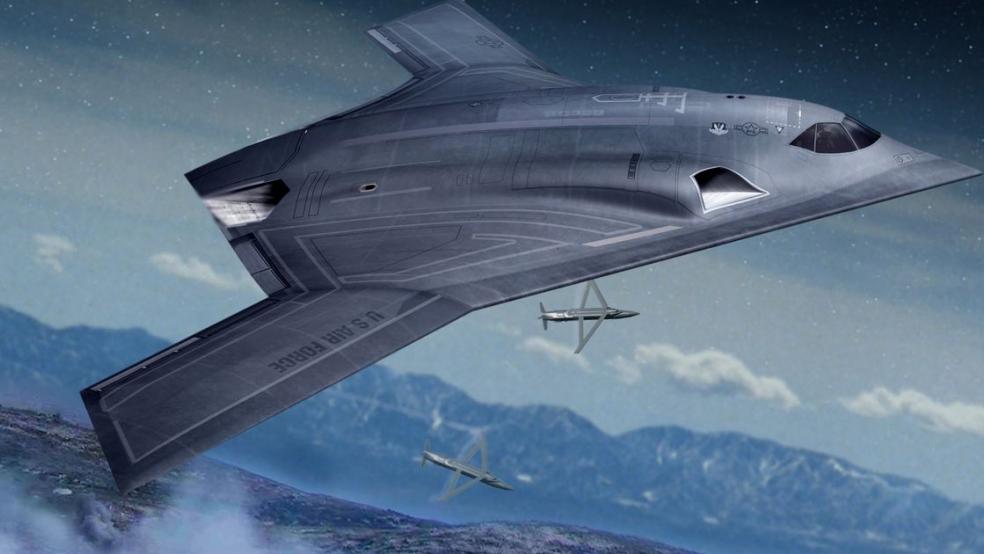Even though work on the U.S. Air Force’s next-generation bomber remains frozen, a top service official on Wednesday announced the number of aircraft it wants to buy.
“I believe the number is 100,” Air Force Secretary Deborah Lee James said during an event at the National Press Club in Washington.
SLIDESHOW: 10 Awesome Photos of U.S. Troops in Action
The service has said it hoped to purchase between 80 and 100 Long Range-Strike Bombers, which are expected to cost somewhere around $560 million per plane.
“We’re looking to buy about 100, 80 to 100 but probably closer to the 100 mark. It’s going to take time for them to roll out so not all 100 are all going to be there in the mid-2020s,” James said in March during a panel discussion at the Carnegie Endowment for International Peace.
The effort’s total price tag could exceed $100 billion over the next few decades.
Work on the new bomber program came to a halt last month when the Lockheed Martin-Boeing team that lost out to Northrop Grumman on the massive contract filed a protest with the Government Accountability Office (GAO) about the selection process.
Related: Why the New Stealth Bomber Could Cost More Than $100 Billion
The GAO has until February 16 to decide, but in the meantime the Air Force is looking into concerns that sensitive data about the bomber competition was included in a Forbes article published last month.
"We did have a concern about data that should not have been released," Air Force Chief of Staff Gen. Mark Welsh said Tuesday during event at the Atlantic Council.
"I think it's our duty to identify the fact that that should not have been made available and try to keep the process as pure as we can,” Welsh added, noting he didn’t know if a formal investigation has been launched. The informal review was first reported by Reuters.
The Forbes article was published the same day the Lockheed-Boeing duo filed its protest with GAO. In it, Loren Thompson, chief operating officer of the Lexington Institute, said the Air Force’s estimate that it would cost $21.4 billion to develop the bomber was twice what the industry teams had put forward.
James also commented on reports that the Air Force is looking to delay the retirement of the A-10 Thunderbolt II attack jet. The service has sought to retire the close-support plane, commonly known as the Warthog, in order to save around $4 billion, but has been rebuffed by Congress.
Related: Air Force Gets Wrong Price Tag for New, Budget-Busting Bomber
“Well there certainly has been resistance. That’s a correct statement,” James said.
She said jet’s fate is one of the “key budget decisions” Pentagon leaders will make over the next two months as they put together their fiscal 2017 budget request, which is already around $17 billion below what the department says it needs.
“Everything is on the table,” according to James. She reminded the audience the Air Force proposed mothballing its fleets “not because we don’t like the A-10” but had to pick some platform to retire in the face of budget restraints.
James noted the A-10 has been deployed against ISIS forces in the Middle East where it’s “doing a good job for us” and perhaps providing a reason to hold onto the jet “a bit longer.
However, “there’s no free lunch. If not that, then what do we reduce?” she asked.





